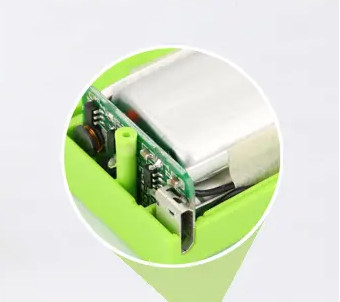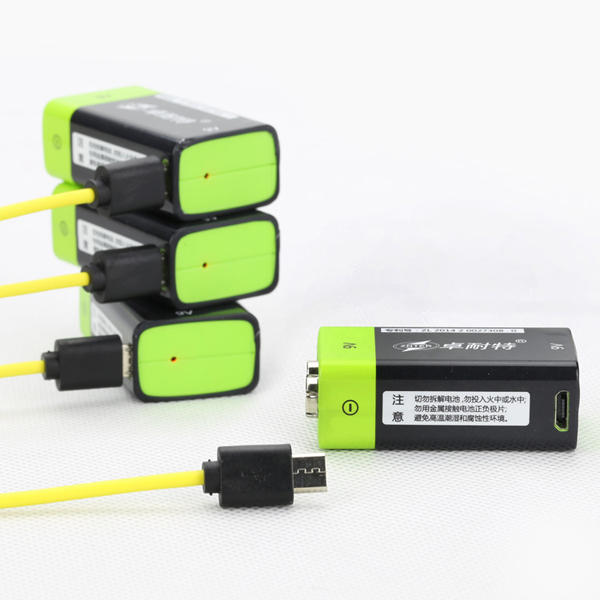9V batteries are/used to be popular for Arduino projects, as they can easily be connected via the power jack of the board. But now that most recent Arduino boards are powered by 5V via a USB Type-C port or Vin in, those are not an option.
I thought I found a solution when I saw the following tweet earlier today which looks to provide a convenient way to connect a 9V battery to devices powered by USB.
accidentally ran into another cursed adapter: 9v battery to USB pic.twitter.com/laKjIi6wUy
— foone (@Foone) January 20, 2020
I was unable to find details about the board, but I suppose the chip close to the USB connector is a 9V to 5V regulator (e.g. LM7805), so this would indeed output 5V. Just don’t expect to fully charge your phone with it, as a typical 9V battery has a 500mAh capacity. [Update: It’s on Retrokits, but out of stock] If you are interested in unusual USB devices, you may want to read the Twitter thread above.
While I miserably failed to find the adapter above so far, I did encounter another interesting type of 9V batteries.
This may not be news to some of you, but it’s the first time I see a battery that can be charged directly with a USB port, no external charger needed.
Specifications for “ZNTER S19” USB rechargeable 9V battery above:
- Cell type: A+ Lithium Polymer battery cell
- Capacity – 400mAh/9V (3.6Wh)
- Output – 9V
- Input – 5V via micro USB port (4.25V charge voltage)
- Lifetime – > 3000 charges
- Charge time – 1.5 hours
- Dimensions – 48 x 25 x 16 mm
- Weight – 25 grams
- Material – Fire-resistant plastic shell
The battery is sold on Banggood for $7.14, but you’ll find other models on the net including on Amazon and eBay.

Jean-Luc started CNX Software in 2010 as a part-time endeavor, before quitting his job as a software engineering manager, and starting to write daily news, and reviews full time later in 2011.
Support CNX Software! Donate via cryptocurrencies, become a Patron on Patreon, or purchase goods on Amazon or Aliexpress





